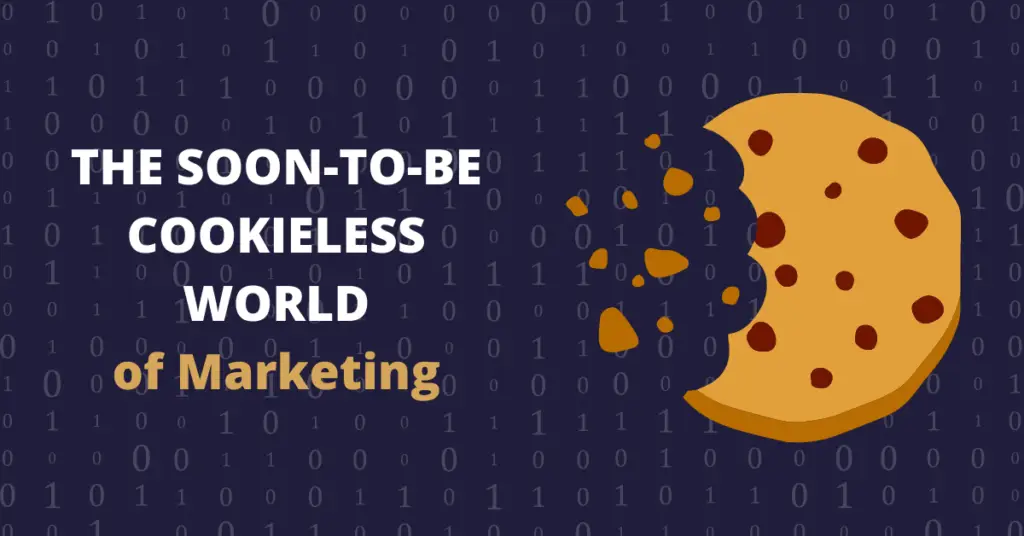
Third-party cookies have been a staple in the digital marketing industry for quite some time. These small text files are placed on a user’s computer by a website other than the one they are currently visiting and are used to track users’ browsing habits and behavior, which is then used to serve personalized ads and marketing content. However, amid growing concern for online privacy, many companies and browsers, including Google Chrome, have decided to eliminate third-party cookies. This upcoming cookieless world will have a significant impact on the digital marketing industry, and it’s important for marketers to understand the implications of this decision and prepare for it.
The Impact of a Cookieless World on Marketers and Advertisers
For marketers, the elimination of third-party cookies poses a significant challenge. Without a significantly diminished ability to track individual users’ browsing behavior across multiple website, they will lose valuable data and tracking capabilities. This makes it more difficult for them to target specific audiences and will lead to an increased reliance on first-party data. Additionally, the elimination of third-party cookies may result in the rise of alternative tracking methods, which may not be as effective or reliable. This loss of data and tracking capabilities will affect the ability of marketers to create targeted and personalized advertising campaigns that target specific individuals, which could have a negative impact on their ROI.

The Impact of a Cookieless World on Consumers
From a consumer perspective, the elimination of third-party cookies is generally seen a positive development. It means increased privacy and security for users. They will no longer have to worry about their browsing behavior being tracked by unknown third-party websites. Additionally, targeted advertising will be reduced, which may lead to a less intrusive ad experience. However, this change may also lead to a decline in free content, as online publishers may struggle to monetize their content without the use of third-party cookies.
Alternatives to Third-Party Cookies for Marketing and Advertising
Marketers will have to find alternative ways to track users’ browsing behavior. Google’s Privacy Sandbox is one such method that shows promise. The main objective of the Privacy Sandbox technology is to facilitate online advertising without third-party cookies. To do this, Google is collaborating with the ad industry to transition to new private ad technologies and deprecating support for third-party cookies in Chrome. Over the past several months, Google has already released trial versions of several new Privacy Sandbox APIs in Chrome for developers to test. These include privacy-preserving solutions such as first-party cookies, browser fingerprinting, server-side tracking and identity resolution, and contextual advertising. Marketers will need to explore and test these alternatives to determine their effectiveness and how they can integrate them into their advertising strategy.
Preparing for a Cookieless World
The elimination of third-party cookies in Chrome is a significant change for the digital marketing industry. A cookieless world will absolutely affect the ability of marketers to create targeted and personalized advertising campaigns and impact the ROI. However, this change also brings about an opportunity for marketers to explore new and innovative ways of tracking users’ browsing behavior without compromising privacy. As the industry continues to evolve, it will be important for marketers to stay informed and adapt to the new era of online advertising. Marketers should start preparing for this change now and explore alternative solutions that will enable them to continue reaching their target audience and drive conversions.
If you want to learn more about how this change will affect you and what you can do about it, please don’t hesitate to contact us. We’ll be happy to help you navigate the new era of online advertising in a cookieless world.

